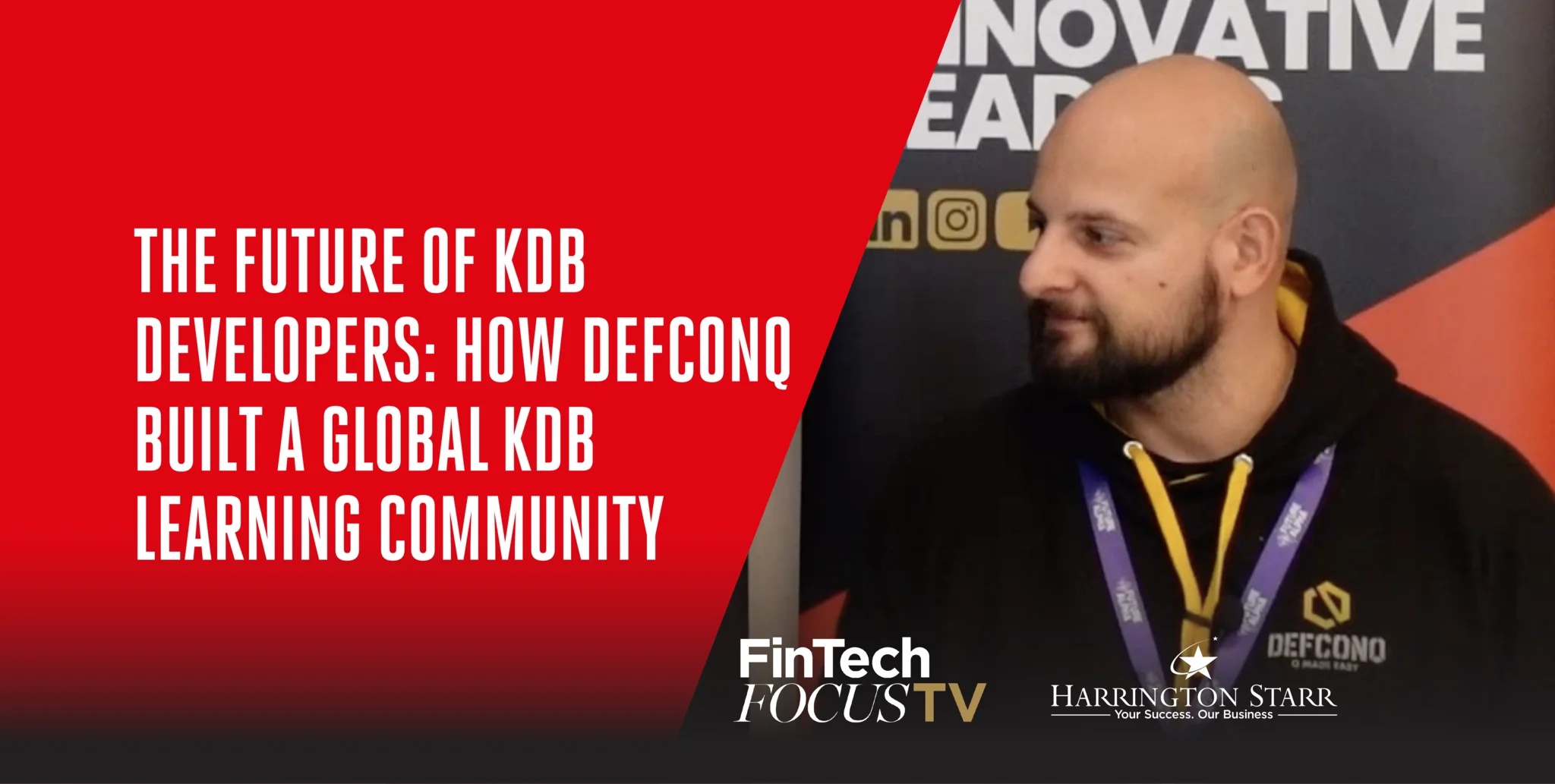Technological innovation. Centering the end user. The future of work. For OpenFin, these are just a few of the themes that defined 2022, driving our efforts to boost efficiency and productivity on the modern desktop. We diversified our enterprise use cases, pursued new partnerships and integrations and supersized the role of our workflow efficiency tools in supporting an integrated and connected firmwide ecosystem. It all added up to one of our most memorable years to date.
Historically, we’ve primarily focused on capital markets use cases, particularly for the front office, with many of our team members having come from trading backgrounds. We were intimately familiar with trading desk applications, workflows and points of friction from both an end-user and company perspective. However, over time, we realised that many of the problems we were solving weren’t unique to the capital markets. The truth is that all knowledge workers who must juggle an array of third-party applications in their day-to-day tasks will encounter workflow friction, holding them back from an optimal experience and maximum productivity.
In 2022, these ideas were validated far beyond what we ever could have imagined. For the first time, we targeted our efforts beyond the capital markets, resulting in major client wins across wealth management, government services, consumer and retail banking enterprises and more.
Through these opportunities, we’re now working with more employees than ever, often spanning different divisions of the organisation. In these cases, we often take the approach of solving for smaller inefficiencies first, enabling us to deliver quick results for wide swath of end-users. Overall, the introduction of OpenFin Workspace has led to transformative results for our clients and their users, optimizing their business to navigate a wide range of challenges.
For example, many of our clients have contact centers that employ thousands of agents each. Historically, these roles have been plagued by very high turnover rates (30-45% annually, on average), so firms must listen carefully to employee demands in order to maintain the health of the enterprise. By enabling context sharing between disparate apps and automatically inserting the right data at key points in the workflow, our Workspace solution has proven to be instrumental in reducing the workplace frustrations that lead so many agents to leave.
Meanwhile, our wealth management clients are engaged in a war on talent – firms are attempting to poach high-quality employees from one another, enticing them with a better advisor experience complete with the most modern and efficient tools. Empowered by the proper technology, wealth managers can manage more assets, onboard more clients and scale their businesses more easily. Our efforts in this area have been highlighted by advanced integration among the most essential apps, such as CRMs including Salesforce and chat tools including Microsoft Teams.
As we continue to emerge from the pandemic, all companies are focused on maintaining an interconnected workplace that can survive and thrive in the future of work. With many employees working remotely, the need for desktop experiences that facilitate collaboration is greater than ever. This will only magnify the need to invest in intuitive, modern tools that provide seamless access to the content users need to get the job done. We remain impressed by our clients’ technological resilience and willingness to do whatever it takes to set their employees up for success. In many cases, firms have had to quickly pivot and invest in those who did not want to return to a physical office, adjusting their tech stacks and apps to be deployable to any location or device.
Looking ahead, these trends around efficiency, retention and supporting users are poised to continue in 2023. We also anticipate an increased focus on desktop security, for both proprietary and key vendor apps. By prioritising real-time security patches and updates, firms can ensure they are fully protected and future-proofed at all times, enabling them to adapt to changing business priorities or economic realities without missing a beat. OpenFin’s partnership with LeapXpert, announced in 2022, reflects this need, maximizing security by enabling users to retrieve critical info sent via messaging apps in a protected and non-disruptive manner.
At a higher level, the overall economic climate has led firms to cut costs and pore over the ROI of their tech organisations, fueling their desire for data points on user interactions across the desktop. To meet this demand, we recently debuted the initial phase of our Analytics offering, helping firms understand which tools and workflows are driving results and which are causing friction. Our financial desktop expertise and unique offering mean we are in an ideal position to provide this intelligence, and we are proud to enable our clients to take data-driven action through this information.
As 2023 unfolds, we intend to continue delivering value to our clients by offering new solutions that disrupt their status quo. Many platforms and apps are ubiquitous across our client base, and we’re collaborating with strategic partners to identify and solve for common micro-workflows. We continue to rely on our clients for guidance and direction in an effort to address their most pressing pain points. We’re viewing this new year as another exciting chapter for OpenFin – and we’re approaching it with optimism, inspiration and excitement as we work alongside our clients and partners to create the next generation of enterprise productivity.
You can read Chris's article and further industry insights in the latest edition of The Financial Technologist. Download your free copy here.
Workflow efficiency across industries | The Financial Technologist
20 Jun, 20235 MinutesTechnological innovation. Centering the end user. The future of work. For OpenFin, these are...






